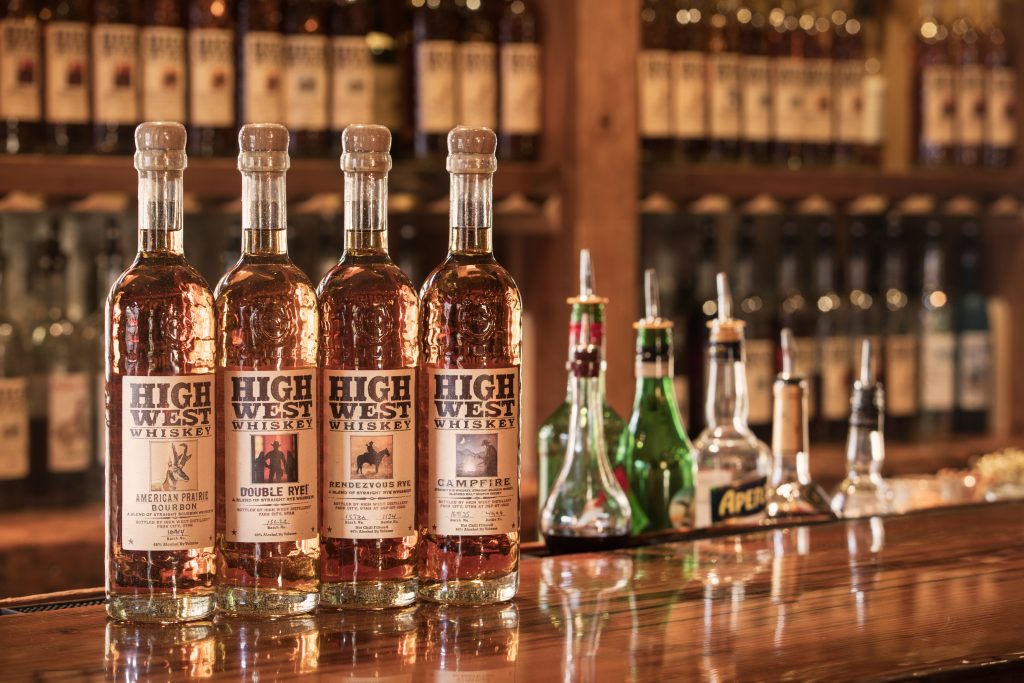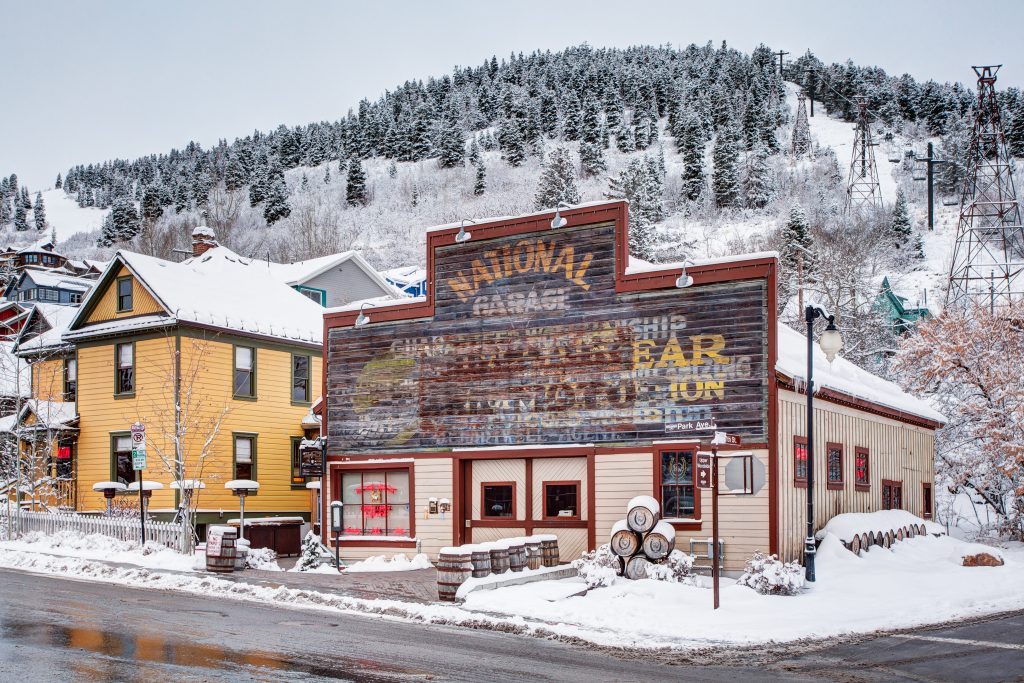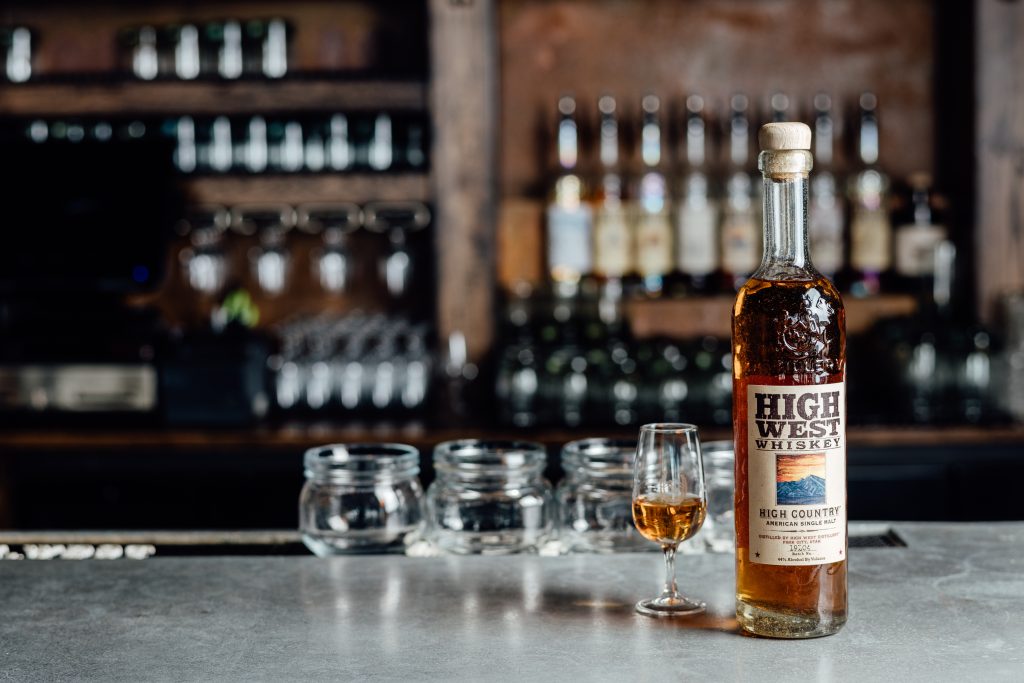Interview: High West Master Distiller Brendan Coyle on The Future of American Single Malt Whiskey
Utah’s pioneering liquor producer rises above cult status with no signs of slowing

Park City’s Main Street serves as a quaint, historic backdrop for locals and visitors alike, and the great outdoors that surround the mountain town are full of adventure and breathtaking panoramas year long. Perhaps less expected, in a state with some of the strictest alcohol regulations, is the steady rise of Park City’s homegrown whiskey. Since its 2006 debut, with a 250-gallon still and saloon inside a landmark building downtown, High West has snowballed into a revered brand with a sprawling flagship distillery in nearby Wanship, complete with event spaces, a shop, and a world-class bar and restaurant (quite like the Park City Saloon, but larger and with a sheen of newness).
High West’s roster also includes a prix-fixe restaurant next to the original location, as well as a decked-out roving “caboose” bar along with yet another bar and shop inside the Salt Lake City airport. Most recently, High West ventured into the not-yet-regulated American single malt category—a fitting Wild West of sorts, its future foggy yet promising. High West Master Distiller Brendan Coyle gives us an inside look at the brand’s expansion, its latest release, and the future of American single malt’s landscape.
Tell us a bit about your work as High West’s Master Distiller and the background that led you here.

I originally started my career in the brewing industry, but went on to complete a Master’s Degree in Brewing and Distilling Sciences from Heriot-Watt University in Edinburgh, Scotland. It was after I returned to the US that I met the founder of High West and joined the project as a managing partner and Master Distiller as the company was being formed.
What inspired you and High West as a whole to venture into the single malt space?
I’ve always had a special place in my heart for single malts, which began back when I lived in Scotland for two years during my degree. Not long after we started High West, we began development work on single malt recipes knowing one day we wanted to bring one into our portfolio. That was nine years ago, so it’s been a long time in the making.

Can you share a bit about what makes yours different from the other American single malts currently on the market?
We stayed true to our High West roots with this product as well, so producing a number of different recipes and dialing in a well-balanced and complex blend was the focus. You’ll find character from three different types of cooperage (new fresh charred, used, and wine-finished), a variety of malt types, and even a slight peated finish to it. Quite complex, with many layers.

High West’s distillery has been continuously updating and expanding its equipment and capabilities. Can you tell us a little bit about that? What are some of your recent updates and what can we expect in the near future?
We just finished up a multi-million dollar expansion [in which] we added capacity at just about every stage of the process—everything from grain intake and milling, to a semi-automatic bottling line. Dialing in the efficiencies are the focus now as we move toward becoming a 24/7 operation, although quality will always lead the decisions for us, as they have from the beginning.

Generally speaking, what does the near future hold for High West as a brand?
We’re becoming grown up now and with that comes focus. We’re still going to innovate but at the same time we’ll be streamlining our portfolio, pushing our winners forward and pulling a few products back to “distillery-only” releases. Our American Single Malt will no doubt be a focus in time, as we’d like to grow it a lot more, and eventually have it as a nationwide offering.
After a long day at work, what do you like to pour for yourself at home?
A Double Rye old fashioned is hard to beat!

What’s your go-to order at any of High West’s bars/restaurants?
Check out the Dead Man’s Boots cocktail at any one of our locations. Refreshing and spicy! A truly unique rye whiskey and ginger beer-based cocktail.

What are your thoughts on the future of the American single malt landscape as a whole?
I think it’s safe to say the category is here to stay, but it needs better definition, which the industry is working on. The big milestone will come when the TTB recognizes it as a defined category within their regulations, which will tell us distillers what we can and cannot do within the boundaries of the category. From then on, I think you’re going to see a lot of stylistic variations, because that’s what Americans do best: we innovate. Different malt types and kiln levels in the mash bills will be plentiful. The consumer will vote with their dollars on what they ultimately like, and I think the most successful distilleries will be the ones who have a wide variety of recipes within their inventory to satisfy the preferred blend types that emerge.
Images courtesy of High West












